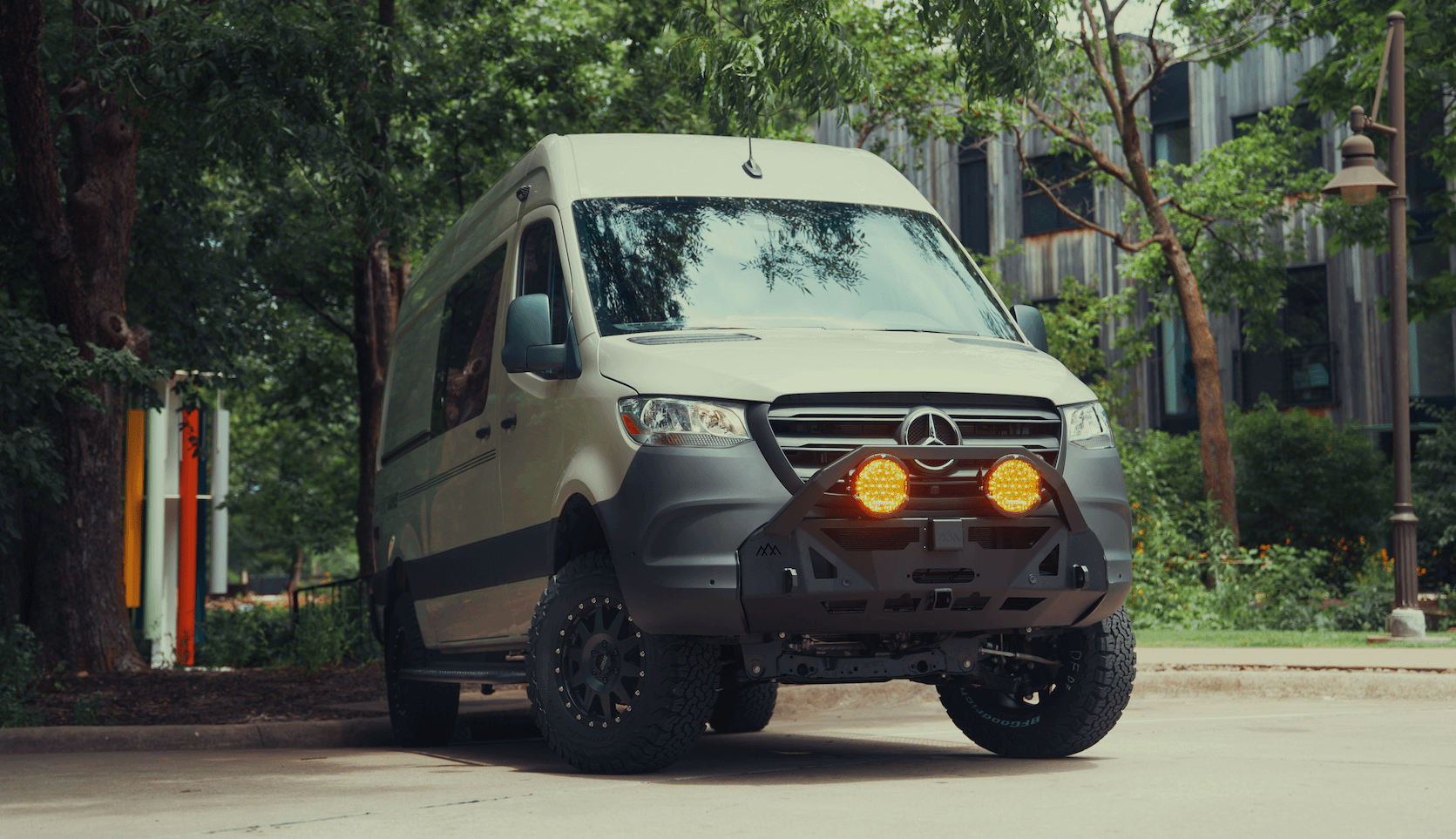Recreational Vans

L track mounting systems, often called airline track or logistic track, are extruded aluminum rails with a repeating series of keyed openings. Each opening accepts compatible single stud or double stud fittings that lock in with a simple quarter turn, creating fast, low profile anchor points. Because the rail sits nearly flush, it is popular in vans, trailers, and aircraft cargo bays where snag free surfaces matter.
Common profiles include flush mount, angled edge, and raised center variations to suit floors, walls, or ceiling ribs. Rails are typically anodized for corrosion resistance and offered in predrilled or undrilled styles. The modular nature of L track allows users to add anchor points anywhere along the rail, rearrange as gear changes, and expand the system over time.
L track stands out for its strength to weight ratio and flexibility. With the right fasteners and backing strategy, it can manage heavy dynamic loads from motorcycles, e bikes, kayaks, or tool chests while keeping a clean interior aesthetic. The system pairs well with quick release rings, threaded studs for mounting brackets, and specialized fittings for straps and bars.
E track is wider with vertical or horizontal slots designed mainly for box trucks and cargo trailers. It excels with large ratchet strap hooks and bulky loads. L track is slimmer, better suited for vans where space is tight, and accepts compact stud fittings. Both are strong, but L track’s low profile and precise adjustability make it the preferred choice for custom interiors.
Selecting the right L track starts with the use case. For floors carrying concentrated loads, choose thicker extrusions and continuous support under the rail. For walls and ceilings, lighter rails work if they tie into ribs or reinforced panels. Verify the manufacturer’s working load limit for both the rail and the fittings, then apply a conservative safety factor for real world conditions.
Key considerations:
Fittings vary by function. Single stud rings are the everyday anchor for straps. Double stud fittings increase shear resistance. Threaded stud fittings let you bolt down cabinets, fridge slides, or modular brackets. Low profile tie down rings reduce rattles and snagging in narrow aisles. Choose ratchet straps with appropriate working load limits and inspect them regularly.
A successful installation begins with layout. Map your rails to the gear you haul and the motion it experiences during braking, cornering, and rough roads. Longitudinal rails down the floor support bikes and utility carts. Transverse rails near the threshold help resist forward movement in panic stops. Wall rails at multiple heights provide options for tall items and soft goods.
Steps to consider:
Safety notes:
The real advantage of L track mounting systems is long term flexibility. As your gear changes, your anchors shift without drilling new holes. With careful planning, you create a quiet interior that stays organized across seasons, trips, and hobbies. The right rails and fittings turn dead space into useful storage while keeping heavy items low and secure for better handling.
If you want your system designed and installed to the same standard as full custom builds, OZK Customs can plan your rail map, fabricate backing plates, and integrate L track with cabinetry, power, and lighting. Explore our builds to see how mounting systems disappear into clean interiors on recreational vans, or talk through a layout for a one off interior on a custom van build. Looking for a finance friendly platform that still supports smart rail layouts Check out our mainstream vans.
Tell us what you carry and how you camp. We will translate that into a quiet, durable L track plan with proper hardware, sealing, and reinforcement so you can focus on the drive, not loose gear.
Note on scope: OZK Customs designs and installs professional mounting systems. We do not rent vehicles, assist with DIY installs, or operate as an RV dealer.
At the finish line, you will leave Fayetteville Arkansas with a secure, flexible system and a clean handoff at our shop that teaches you how to use every fitting with confidence.
Ready to secure your cargo the right way Start your project request today and we will design, fabricate, and install a complete L track system that fits your rig and your road.
Ready to transform your van with pro installed L track? Tell us how you travel, what you haul, and where you camp. OZK Customs will design, fabricate, and install a complete mounting system that fits your build, your gear, and your future upgrades. Start your custom quote now and get a road tested layout that is safe, quiet, and rock solid.
ADDRESS:
6159 E Huntsville Rd, Fayetteville, AR 72701
PHONE:
(479) 326-9200
EMAIL:
info@ozkvans.com